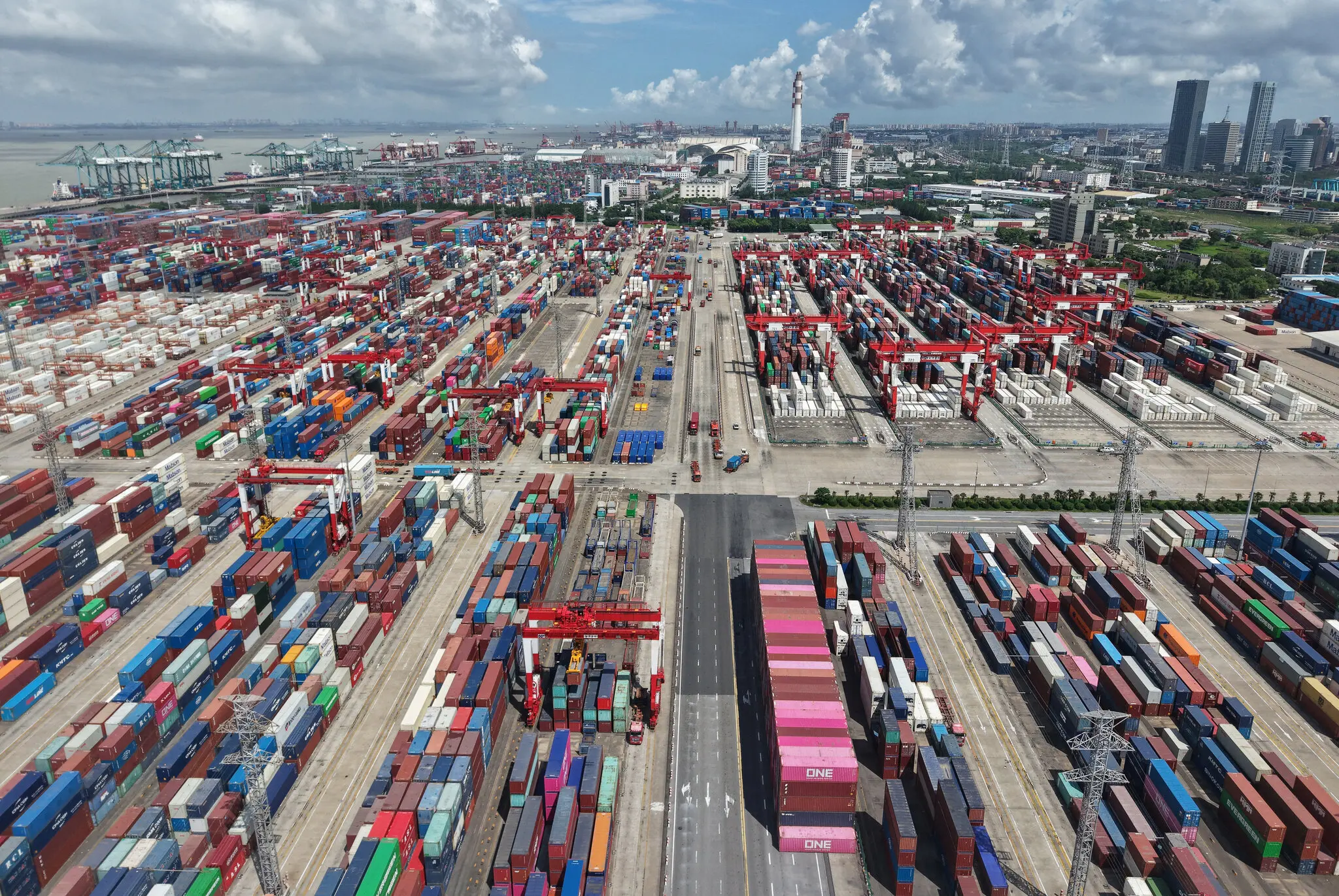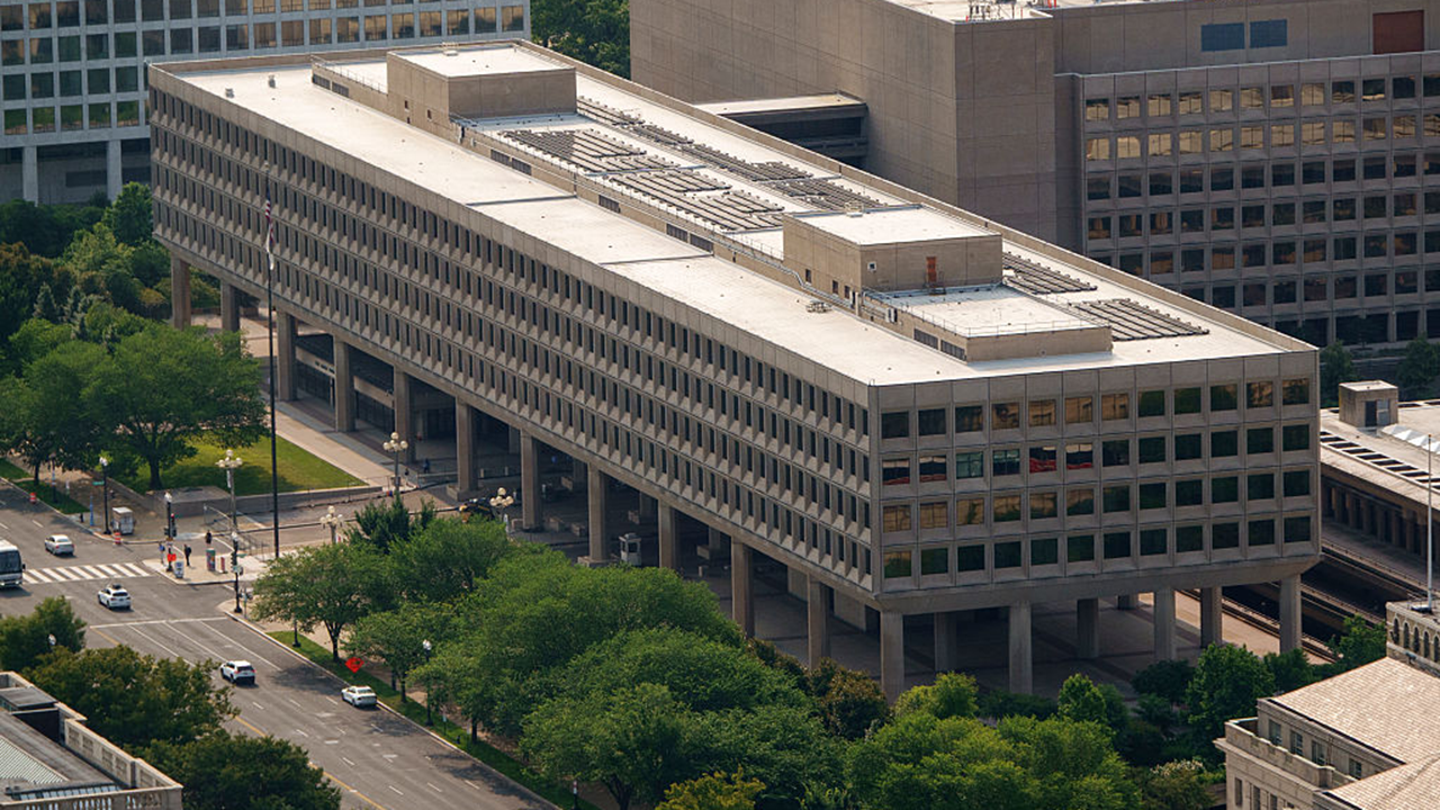Trump’s China Deal May Avert a Crisis of His Own Making
30.10.2025
Tentative U.S.–China Trade Truce Emerges
The Trump administration is promoting a potential trade deal with China that could pause or reverse months of escalating tariffs.
According to Treasury Secretary Scott Bessent, the preliminary framework includes China’s commitment to buy large quantities of American soybeans and delay its rare earth licensing system for one year, while the United States pauses new tariffs.
“We’ve reached a substantial framework for the two leaders to discuss,”
Bessent told ABC News, noting that the 100% tariff increase on Chinese exports, previously set for November 1, “has been averted.”
From Trade War to Truce — or a Temporary Pause
If finalized during President Trump’s meeting with Xi Jinping in South Korea this week, the agreement could return U.S.–China trade relations to where they stood before the latest trade war began.
The two sides have repeatedly escalated tensions, imposed retaliatory tariffs, and then sought truces that quickly unraveled.
This time, analysts say, the White House appears to be claiming victory for resolving a standoff it created.
“It’s a crisis of their own making,” said one Washington-based analyst. “The administration is fixing problems caused by its own aggressive tariff policies.”
China’s Concessions and U.S. Political Spin
Under the proposed framework:
-
China delays its rare earth licensing system for one year;
-
The U.S. pauses some tariffs and lifts others;
-
China agrees to assist in stopping fentanyl precursor exports;
-
Beijing resumes large-scale soybean purchases from U.S. farmers.
Agriculture Secretary Brooke Rollins hailed the news on social media, calling it “big news for American producers.”
However, China had stopped buying soybeans earlier this year in retaliation for Trump’s April tariffs, meaning the new purchases merely restore the pre-war baseline.
The Rare Earth Factor: Strategic Leverage
China’s expanded licensing system for rare earth metals has become one of the most critical flashpoints in global supply chains.
Initially a response to Biden-era tech export restrictions, Beijing expanded it further after Trump’s “Liberation Day” tariffs and the October escalation targeting thousands of Chinese tech firms.
“This is the fifth round of talks focused on rare earths,”
said Paul Triolo, a partner at DGA-Albright Stonebridge Group.
“The administration’s ‘escalate-to-deescalate’ strategy is a losing one. Both sides have just hurt their own companies.”
Economic and Diplomatic Stakes Rise
Markets responded positively to signs of progress, though traders remain cautious.
Unlike the 2018–2019 trade negotiations, which produced a 90-page deal on intellectual property and agriculture, the current discussions are narrow and ad hoc, focusing on individual sectors such as soybeans, TikTok, and rare earths.
Jonathan A. Czin, a fellow at the Brookings Institution, noted that the talks overlook deeper structural issues.
“We’re no longer addressing the core concerns about technology or state subsidies,”
he said. “Now it’s one-off deals — soybeans today, chips tomorrow.”
Tariffs, Retaliation, and Corporate Fallout
Since taking office, Trump has imposed a 20% blanket tariff on all Chinese exports, later increasing it to 125% before reducing it to 10%.
The administration has also threatened an additional 100% tariff on November 1, along with fees on Chinese-built ships and expanded technology controls.
China has retaliated with:
-
Tariffs on U.S. goods, especially soybeans and energy products;
-
Investigations into U.S. companies like Nvidia and Qualcomm;
-
An “anti-discrimination” probe potentially targeting American firms.
U.S. manufacturers now face severe supply risks for rare earth materials essential to electronics, EVs, and defense industries.
Experts Warn of a Fragile Peace
Despite the optimism, experts caution that both sides’ confidence and nationalistic rhetoric could undermine any truce.
“Both believe the other needs them more — and that’s dangerous,”
said Evan Medeiros of Georgetown University.
“This is an inherently unstable situation where neither side wants to blink.”
The tentative deal, if confirmed, might calm markets temporarily, but the underlying power struggle — over technology, resources, and global dominance — remains unresolved.





Leave a Comments